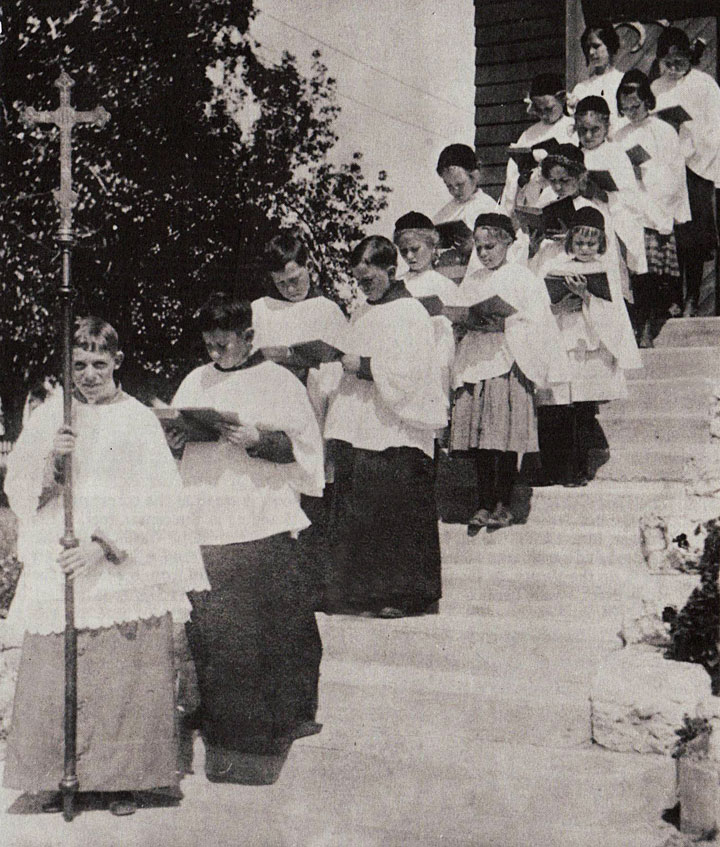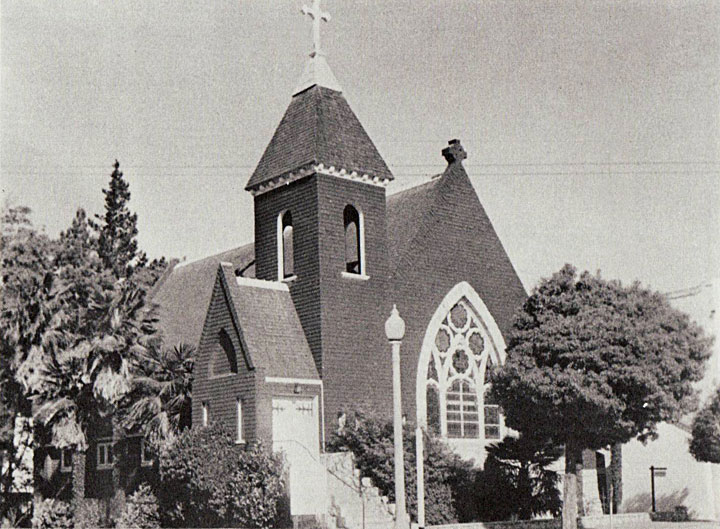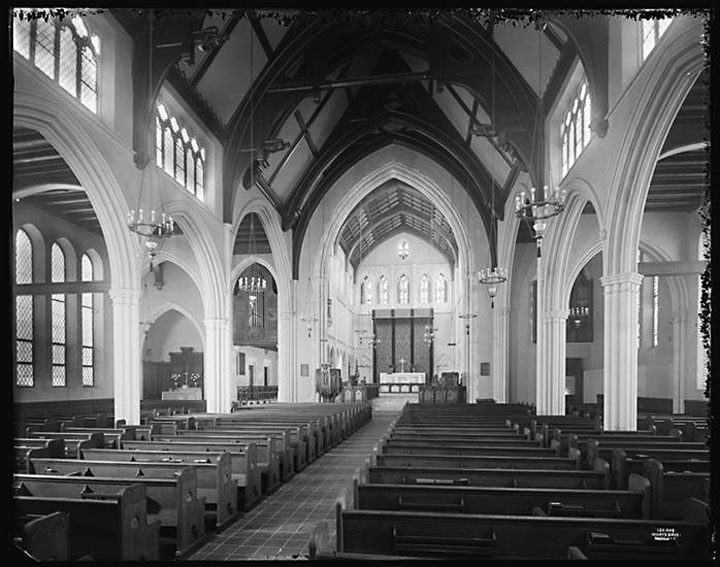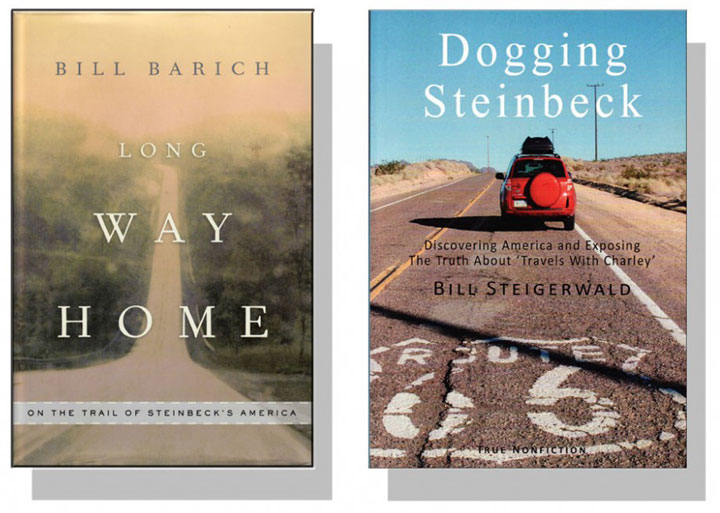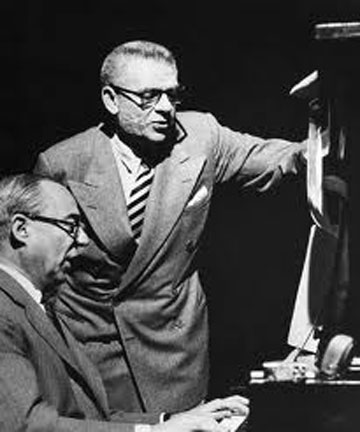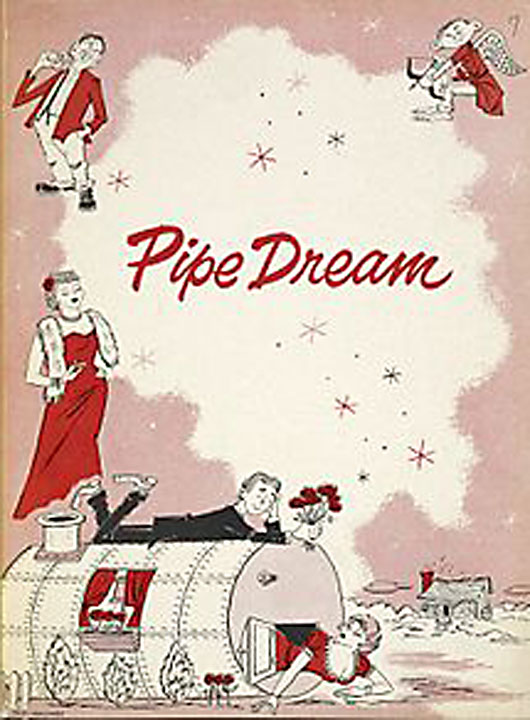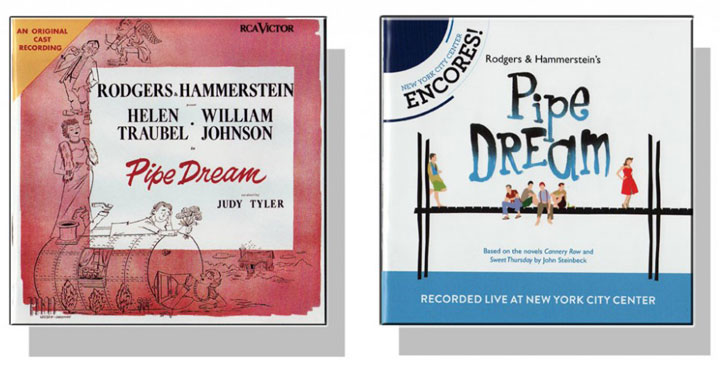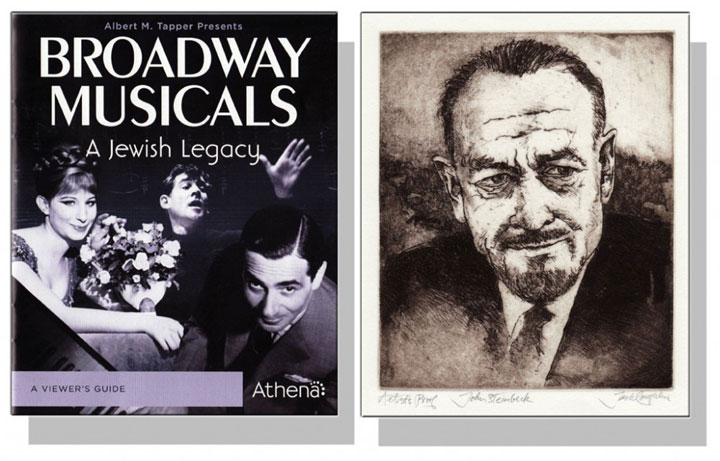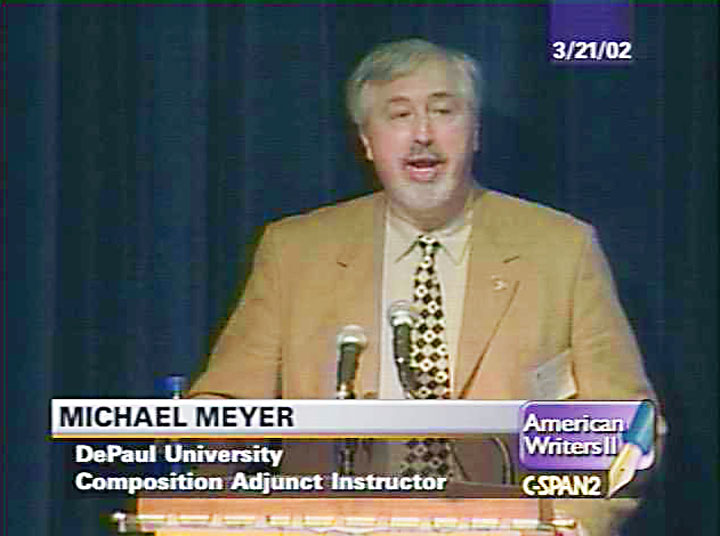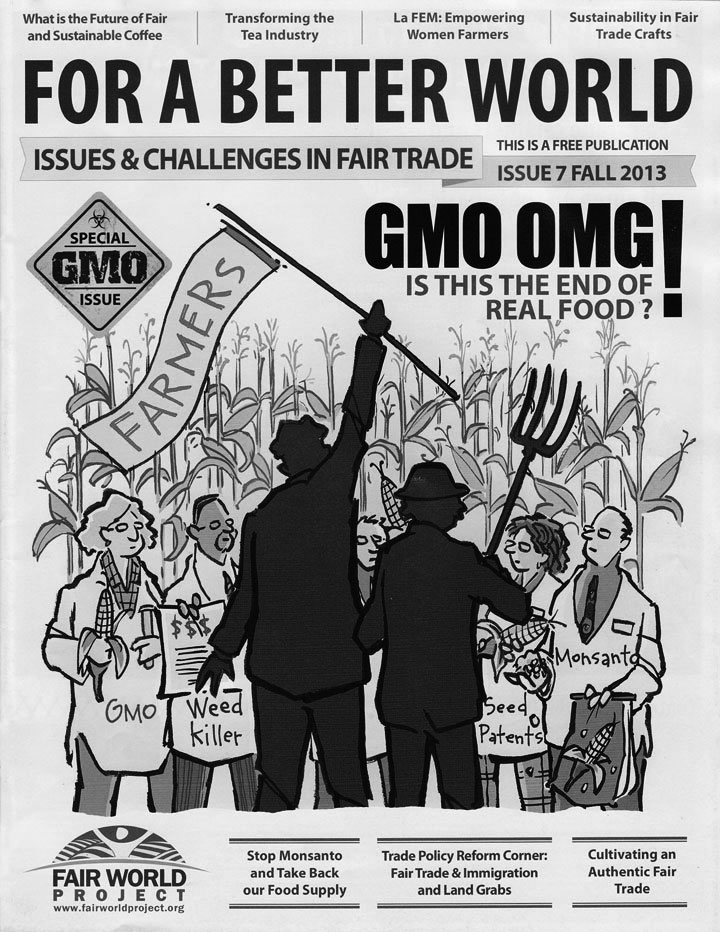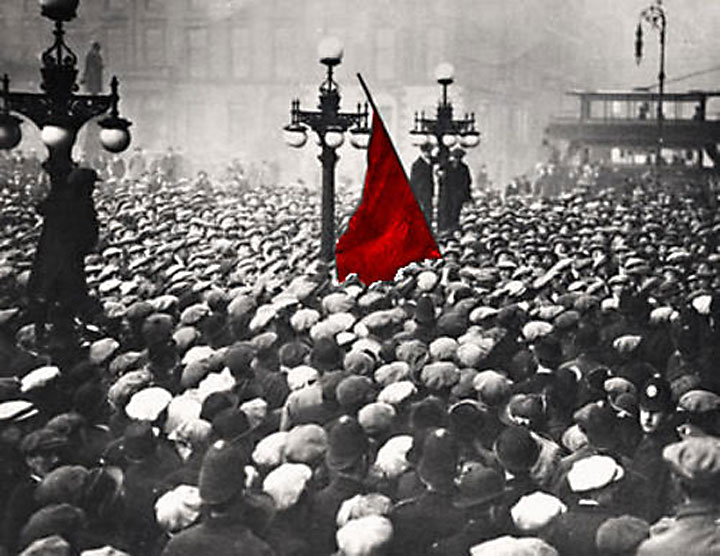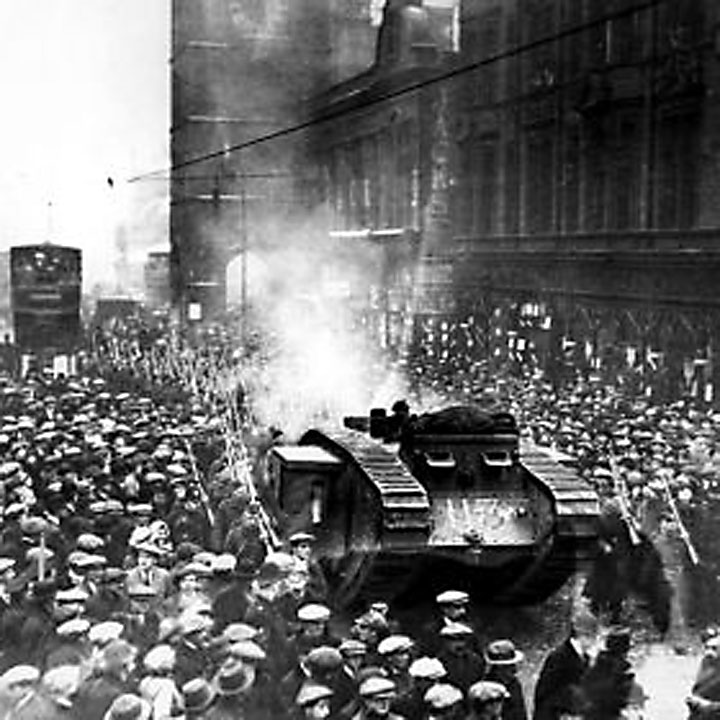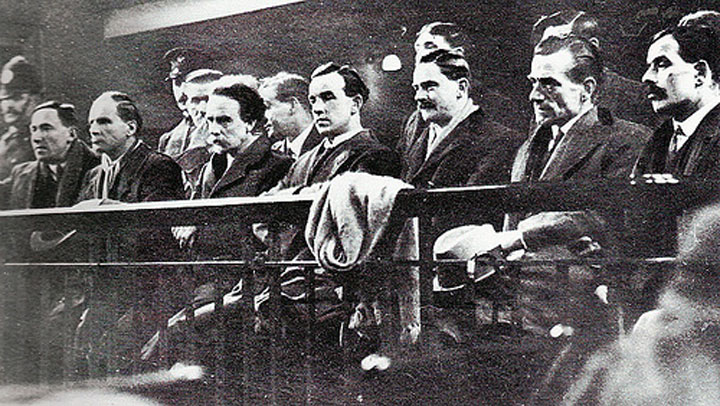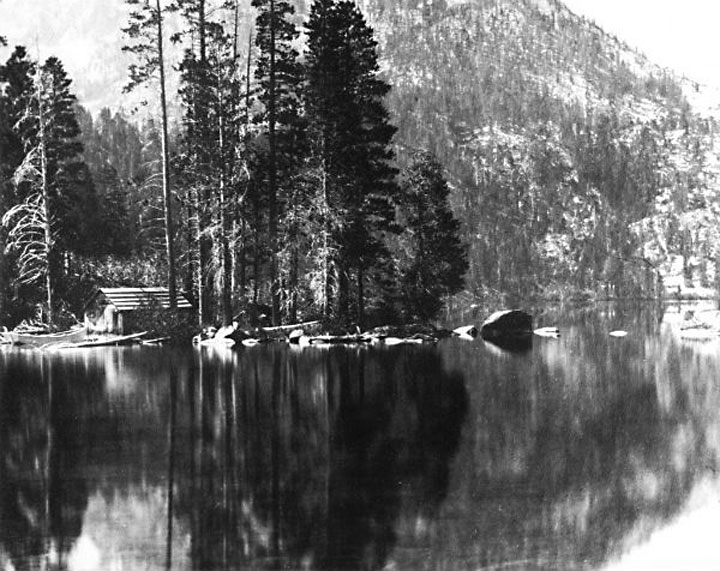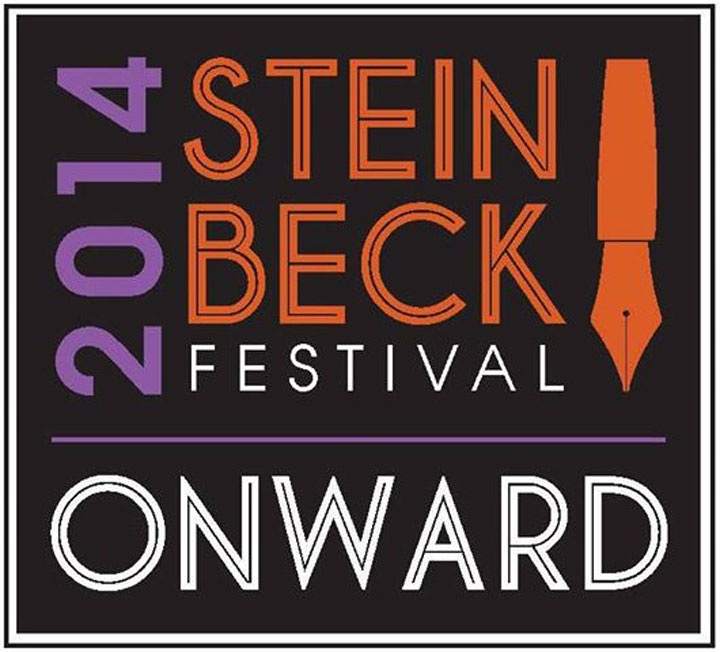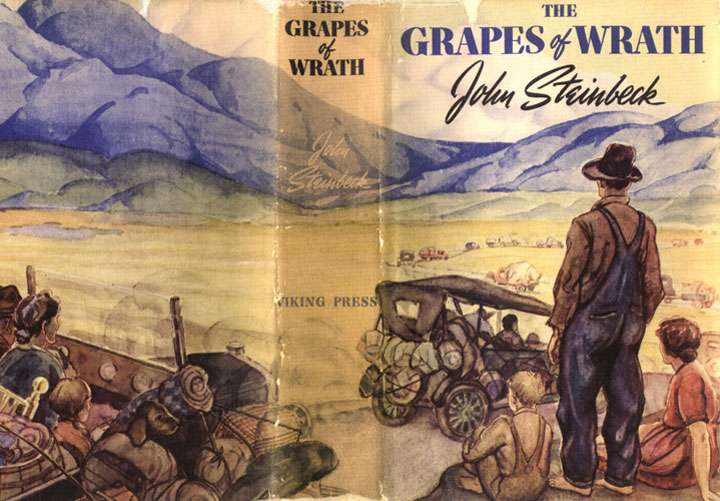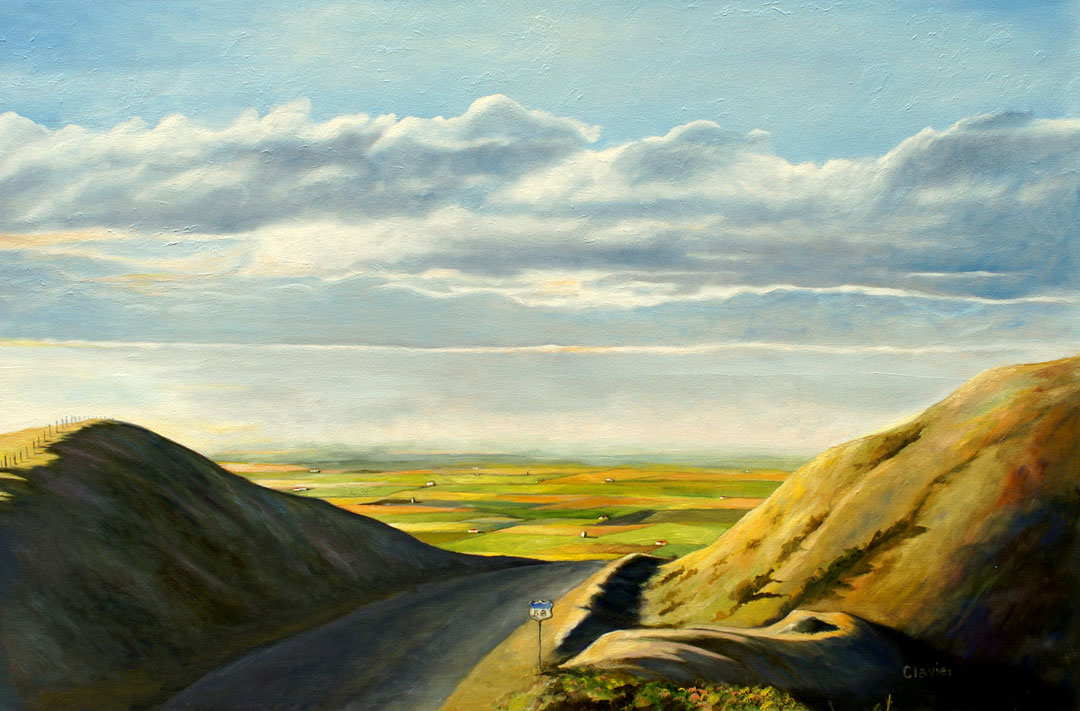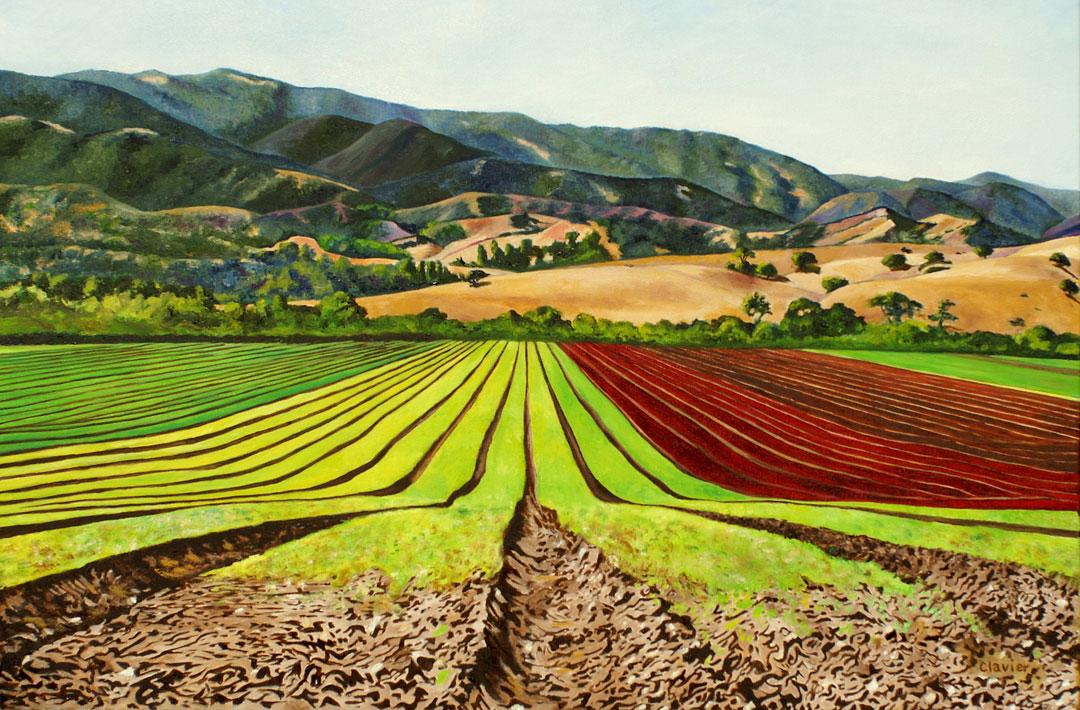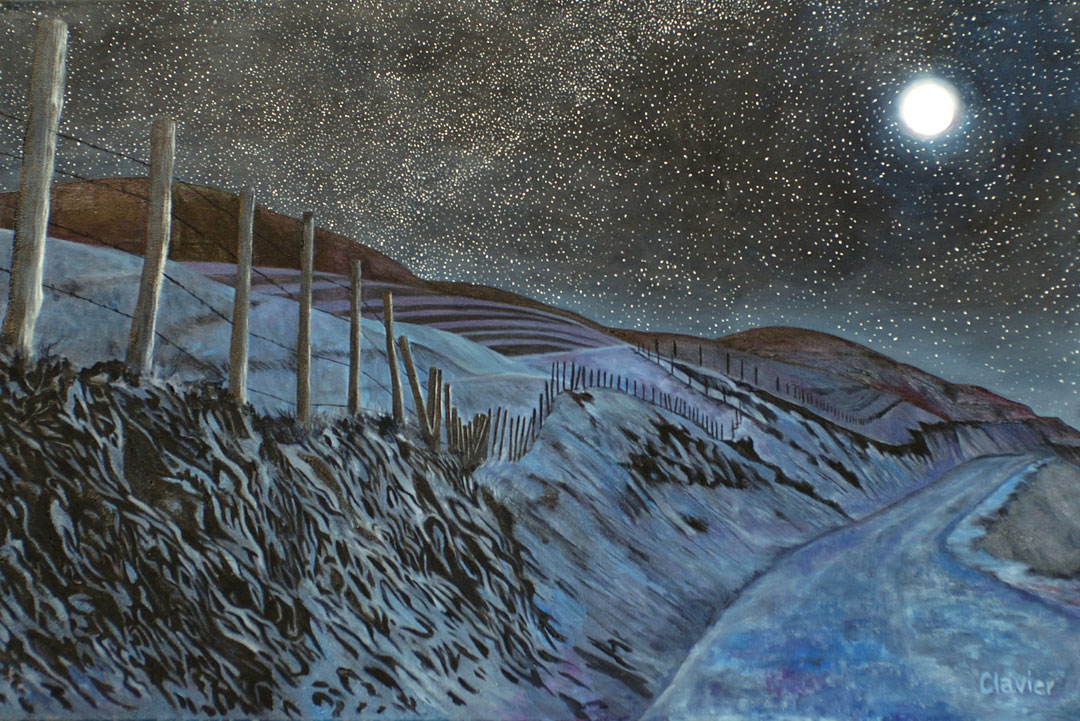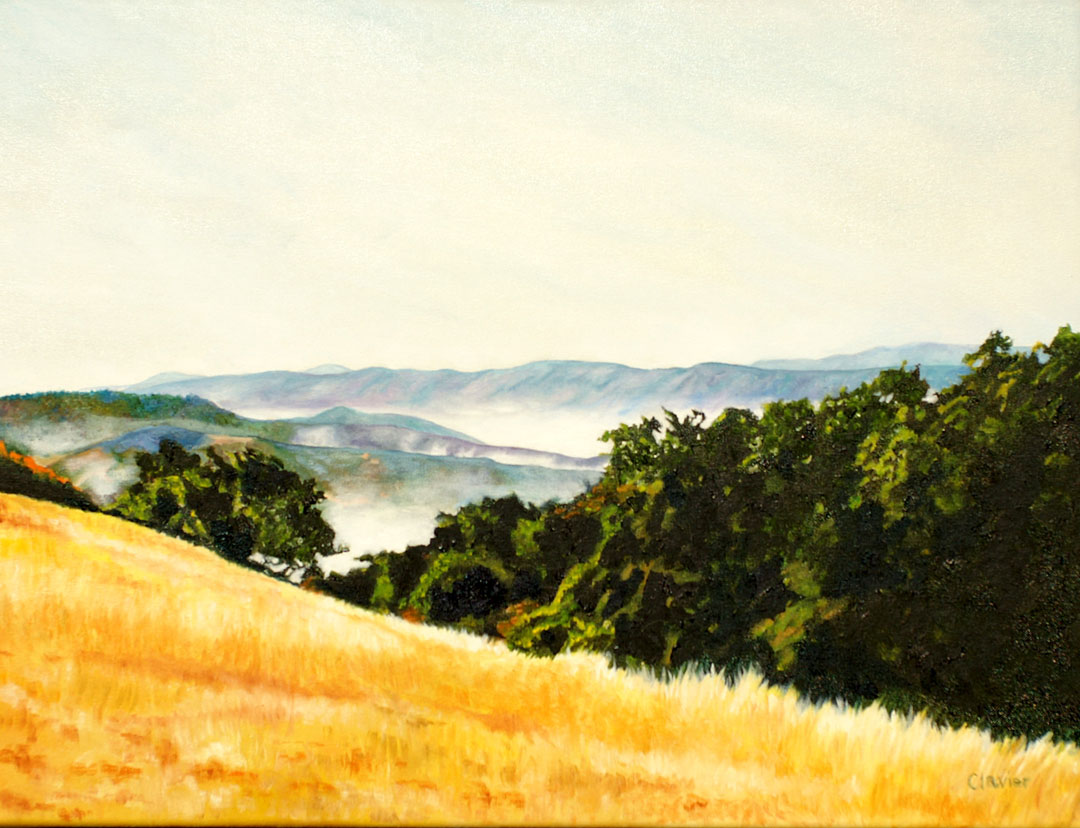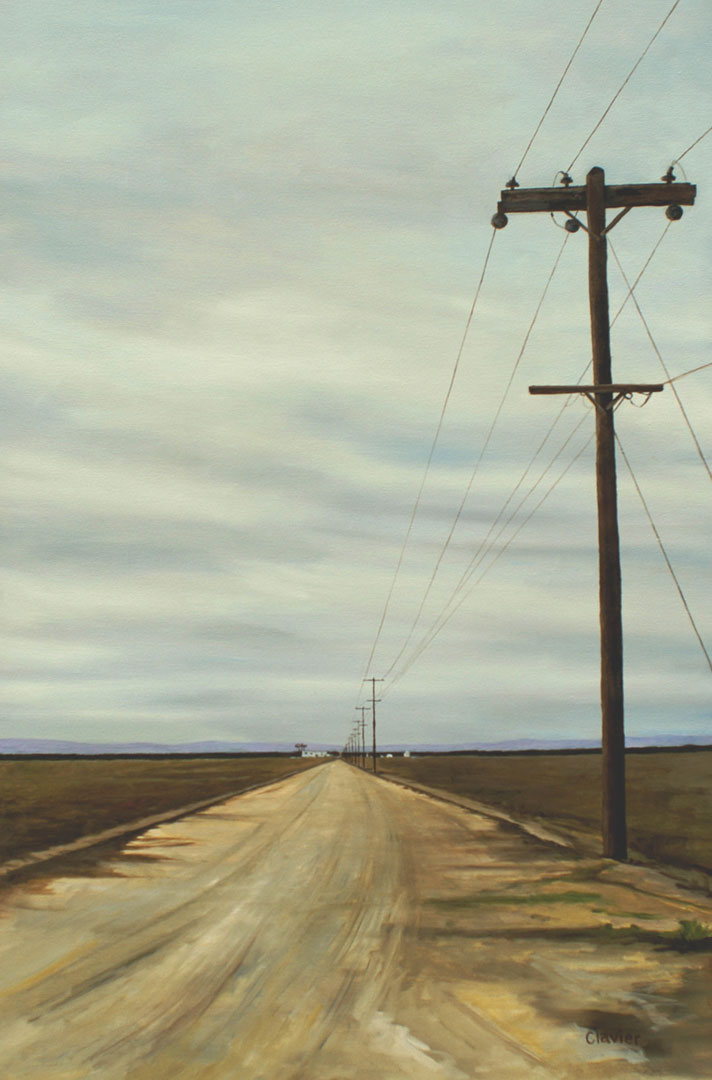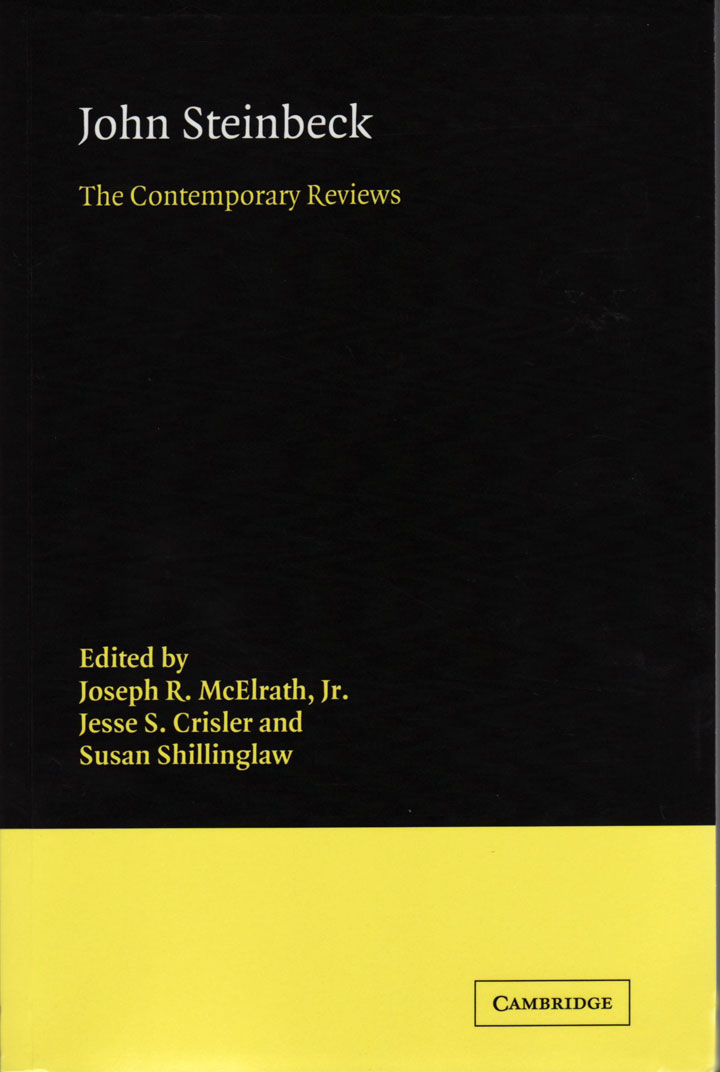 Word-of-mouth book recommendations by passionate readers have been creating converts to Steinbeck since The Grapes of Wrath. Reviews of new books mattered, and readers were influenced by critiques of new books in daily papers, Sunday supplements, and national magazines. Steinbeck was fortunate in having influential friends who reviewed new books for major dailies in San Francisco, Los Angeles, and New York. He wasn’t lucky everywhere, however, and he came to despise critics of new books as no-talents who couldn’t write their own. What turned Steinbeck against critics? The Cambridge University Press anthology of contemporary reviews of new books by Steinbeck, the majority by journalists, provides a book-by-book record of brilliance, sophistry, sophistication, and stupidity among critics of Steinbeck.
Word-of-mouth book recommendations by passionate readers have been creating converts to Steinbeck since The Grapes of Wrath. Reviews of new books mattered, and readers were influenced by critiques of new books in daily papers, Sunday supplements, and national magazines. Steinbeck was fortunate in having influential friends who reviewed new books for major dailies in San Francisco, Los Angeles, and New York. He wasn’t lucky everywhere, however, and he came to despise critics of new books as no-talents who couldn’t write their own. What turned Steinbeck against critics? The Cambridge University Press anthology of contemporary reviews of new books by Steinbeck, the majority by journalists, provides a book-by-book record of brilliance, sophistry, sophistication, and stupidity among critics of Steinbeck.
But note four points before you buy the Cambridge University Press anthology of contemporary reviews of new books by one of the 20th century’s most controversial authors:
1. It’s expensive.
2. It’s a collection of journalistic writing, not academic literary criticism.
3. It’s jargon-free and easy to read—a corollary of point #2.
4. It’s well-organized and prefaced by a helpful, well-written introduction.
Point #1 is an economic fact of modern life for publishers like Cambridge University.
Amazon’s paperback price for the volume is $68; $185 for the hardback version. At 2.23 pounds and 562 pages, the book may be a bargain for libraries like those at Cambridge University, but it’s stiff for independent scholars engaged in literary criticism about Steinbeck. Books like this one are now printed on demand: Despite its Cambridge University Press title page, the back-page colophon on my copy reads “Made in San Bernardino, CA, 10 September 2013.” My guess is that producing a copy like mine costs Cambridge University less than the postage required to mail it to a buyer. As with soaring college tuition fees everywhere, the charge for new books by academic presses seems increasingly self-defeating and disconnected from reality. Caveat emptor.
Point #2 about literary criticism is a distinction with a real difference.
Literary criticism as a subdivision of the humanities (some say social sciences) is a systematic, comprehensive, and objective endeavor, withholding judgments about quality while interpreting, classifying, and illuminating works by authors in the context of history, psychology, and their relationship to other writers. Literary criticism as a euphemism for book-page journalistic reviewing is quite the opposite. Unlike practitioners of academic literary criticism, popular reviewers of new books make subjective judgments of quality based on personal, sometimes peculiar and often unspoken criteria. Like science, literary criticism as a subject depends on evidence, relationship, and analysis, not on the literary equivalent of personal creationism. Contemporary reviews of Steinbeck’s new books provide a dramatic example of this principle at work in journalism from the 1930s to the 1960s. Typically, critics who disapproved of Steinbeck’s language, lifestyle, or opinions described him as a bad writer. No wonder he hated them! I happened to learn literary criticism in college through the works of the Toronto academician Northrop Frye, a former minister who made the inspired observation that aesthetic judgments by critics about new books are more often than not moral judgments in disguise. Steinbeck suffered more than his share.
Point #3 reverses the relative value of professional journalists and practitioners of literary criticism as writers who are required to be readable.
Northop Frye was a facile writer, in part because as a preacher he had a weekly obligation to make himself clear to the voluntary audience in the pews. Journalists face the same challenge: daily deadlines, limits on length and vocabulary, and an obligation to avoid confusing, boring, or losing readers who are free to vote with their feet. Even bad reviewers of Steinbeck’s new books usually wrote well. In contrast, trying to comprehend a work of academic literary criticism published by, say, the Cambridge University Press can be a chore. I think that’s why contemporary reviews of new books by Steinbeck seem so entertaining when read by academic students of Steinbeck today—particularly when (like Mary McCarthy) they made spiteful but memorable comments about his work. As much for perverse enjoyment as for edifying information, the Cambridge University anthology is worth its weight. Carpe diem!
Point #4 reflects an exception to the bad academic writing rule that commends this collection more than most.
Literary criticism about Steinbeck seems—to me, anyway—more readable than contemporary academic writing about other authors. The editors’ introduction to the Cambridge University Press anthology suggests why this may be so. I’m personally familiar with the literary criticism of Susan Shillinglaw—one of the volume’s editors—and I’ve yet to encounter an unintelligible word or an inelegant sentence anywhere in her body of writing about Steinbeck. Her clarity of style matches that of her subject. It is evident in the historical survey of Steinbeck reviews that she and her colleagues provide in their introduction to the Cambridge University Press collection they co-edited.
Susan’s splendid article on Steinbeck’s religious roots—“John Steinbeck’s ‘Spiritual Streak’”—appeared in a journal called Literature and Belief published by Brigham Young University’s Center for the Study of Christian Values in Literature. One of the journal’s editors at BYU was Jesse S. Crisler, Susan’s fellow editor—along with Joseph R. McElrath, Jr.—for the Cambridge University collection. Perhaps the BYU relationship led to this project, perhaps the other way around. In either case, putting Susan Shillinglaw on the editorial team was a good move. Not unlike Northrop Frye, who produced literary criticism with pulpit clarity, Susan writes literary criticism as a journalist, to be understood rather than to obfuscate. Steinbeck’s opinion of his critics in the press notwithstanding, that’s a compliment.
